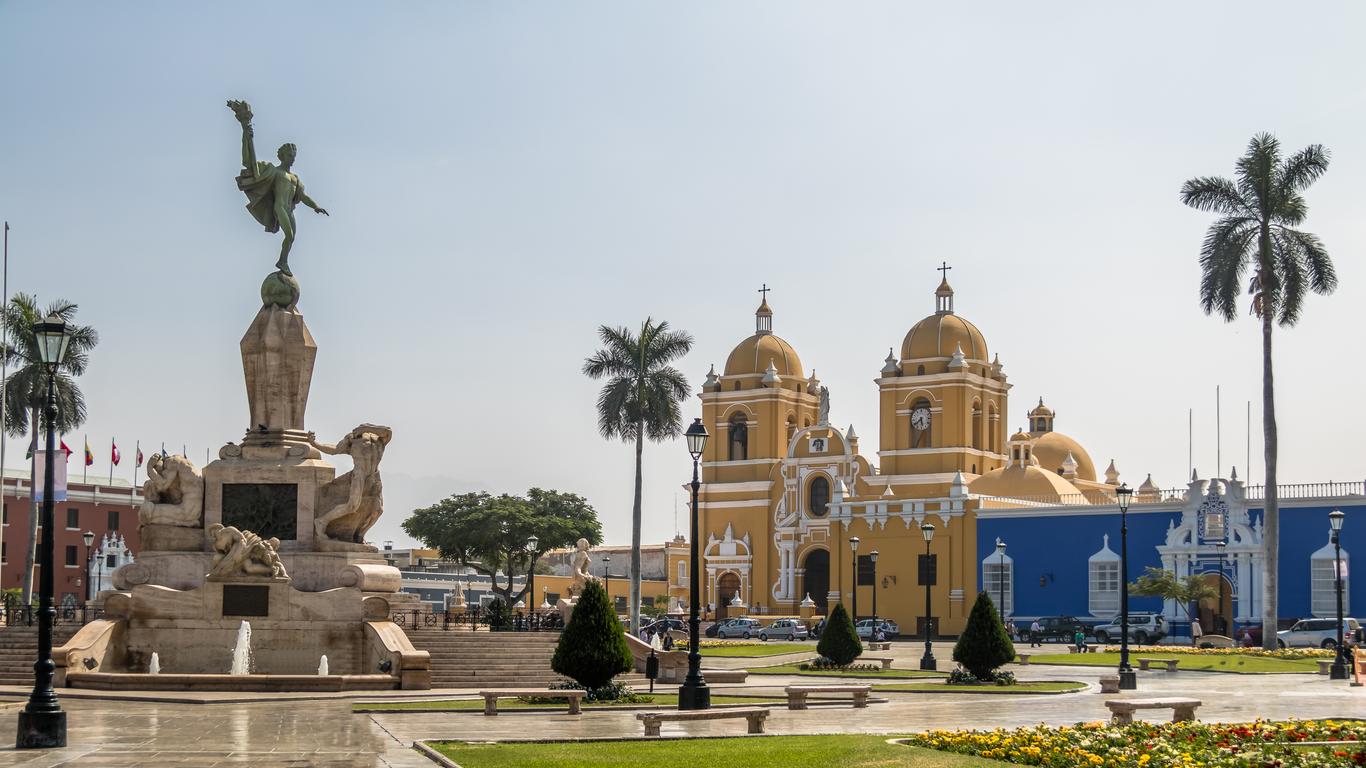1. You Can Bank On A Fascinating Visit
Central Trujillo is dotted with palaces and mansions, but none are quite as lavish as the Casa de Urquiaga. Dating back to 1604, and located next to the Plaza de Armas, the Casa is filled with gorgeous items, including 17th century furniture, a writing desk used by the Liberator himself, Simon Bolivar, and an impressive collection of pre-Columbian pottery. Unusually for such a magnificent attraction, it's still a working bank, so normal opening hours apply.
2. A Vision Of Peru's Deep Past
Trujillo is incredibly rich in archaeological finds. For around 1,500 years, the region was the center of Peru's pre-Inca civilizations, resulting in a treasure trove of artifacts for specialists to find - and find them they have. This museum in the town center provides an excellent synopsis of what we know about the Moche and Chan Chan states, and has vivid Inca galleries as well. So you can have no excuses for leaving Trujillo without an understanding of the city's remarkably long, eventful past.
3. A Haven Of Pacific Coast Peace
About 10 miles up the coast from Trujillo lies Huanchaco, which lays claim to being Peru's favorite coastal resort. Famous for its lines of traditional reed boats, which set to sea to harvest the Pacific's bounty, it's now become a busy backpacking destination, but still remains tranquil and relaxing. If you go, don't miss the ruins of Chan Chan, which are right next door. Dated to about 1300, it was once the biggest city in the Americas, and was made entirely from mud bricks.
4. A Cluster Of Pre-Columbian Treasures
Around 7 miles southeast of Trujillo's Old Town, you'll find something even older, and more intriguing. Huaca del Sol (also known as the "Temples of the Sun and Moon") were built well before the Spanish arrived, and even before the Incas rose to power. Traced back to the Moche period (around 100 to 700 AD), this site is the largest of its kind in Peru. The main pyramid has largely tumbled to the ground, but other elements remain intact, including the impressive Huaca de la Luna. Check out the on-site Museo Huacas de Moche for the latest finds and theories about the site's purpose.
5. Stroll Back Into The Colonial Era
The area around Plaza de Armas dates back to the mid 16th century, making it one of the oldest city centers in the Americas - and you can really get a feel for its antiquity as you wander from square to square. Highlights are all over the place, from the bright yellow facade of the Basilica Menor Cathedral, to the (also yellow) beautiful Palacio Iturregui, and the new Cathedral of St Mary, so leave plenty of time to cover all of the ground. The plaza itself is a great place to start, with its Freedom Monument taking center stage.

